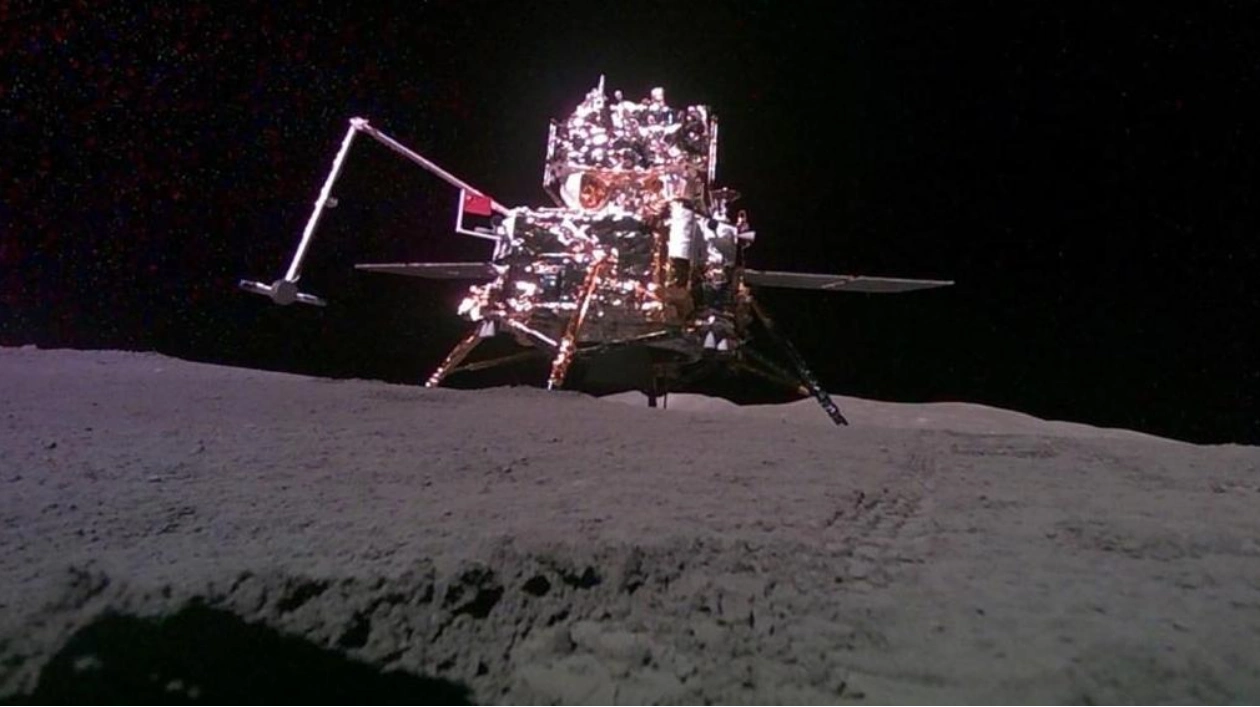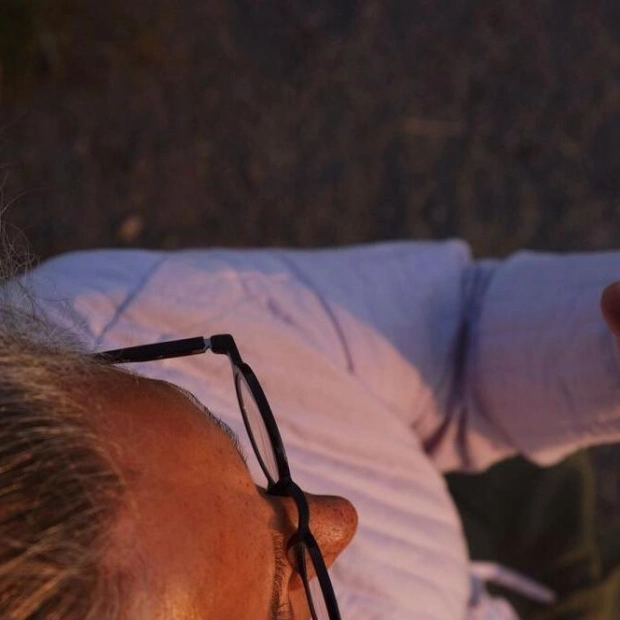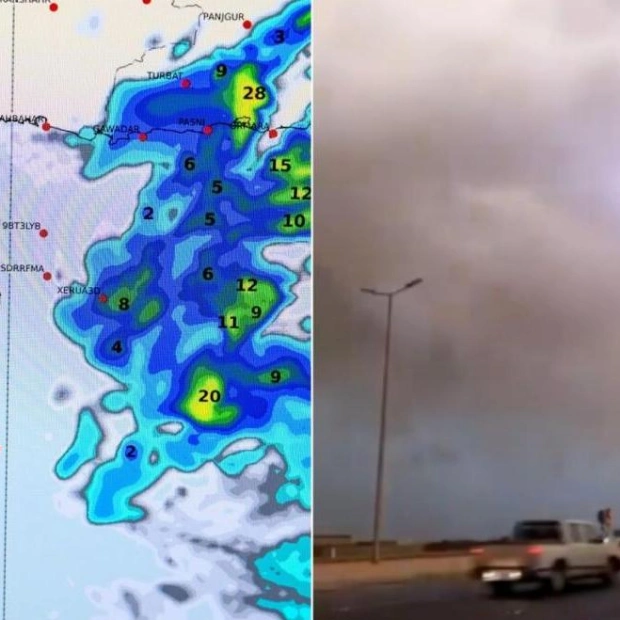The initial samples from the far side of the moon reveal signs of unexpected volcanic activity near the lunar south pole. Two independent analyses of lunar rocks brought back by China’s Chang’e-6 spacecraft indicate that these rocks formed from cooling magma relatively recently, approximately 2.8 billion years ago, according to papers published on November 15 in Science and Nature.
These findings could help unravel the mystery of why the moon’s far side differs so markedly from its near side, but they also raise new questions about the history of lunar volcanism. The moon’s two hemispheres are strikingly different, with distinct topography, chemical compositions, crater densities, and evidence of volcanic activity. Large, solidified lava pools known as maria cover nearly a third of the near side, while only about 2 percent of the far side shows signs of lava flow.
“The enigmatic asymmetry between the near side and the far side of the moon… is a long-standing unresolved conundrum,” notes geochemist Qiu-Li Li of the Chinese Academy of Sciences in Beijing and colleagues in Nature. Until recently, all moon rocks brought back by humans were from the near side. Samples from the Apollo and Luna missions in the 1960s and 1970s suggested that the moon was most volcanically active around 4 billion years ago and had mostly cooled by about 3 billion years ago. However, rocks from the Chinese Chang’e-5 mission indicated more recent volcanic activity, around 2 billion years ago.
The volcanic history of the far side remained a complete mystery until China’s Chang’e-6 mission returned the first samples ever collected from that region in June. The spacecraft brought back nearly two kilograms of lunar soil from the South Pole-Aitken Basin, the oldest and largest crater and the source of most of the volcanic material on the moon’s far side.
Planetary scientist Stephen Elardo of the University of Florida in Gainesville, who was not involved in the new studies, likens the discovery to gaining new insights about Earth by obtaining rocks from previously unexplored regions. Two groups examined the rocks using radiometric dating, a technique for estimating an object’s age based on the relative amounts of certain radioactive elements it contains.
Geochemist Le Zhang of the Chinese Academy of Sciences in Guangzhou and colleagues studied 35 fragments of volcanic rock called basalt, finding their ages clustered around 2.830 billion years. Li and colleagues examined 108 basalt fragments and found similar ages: 2.807 billion years. “That is younger than I would have anticipated for that region of the moon by a fair bit,” Elardo says.
The rocks lack heat-producing elements like potassium, rare earth elements, and phosphorus, collectively known as KREEP. On the near side, decaying KREEP elements could keep the lunar mantle warm enough to sustain volcanism up to 2 billion years ago. Without these elements, it’s unclear how the far side remained molten for so long. The results suggest long-lasting volcanism, with one rock dating back to 4.2 billion years ago, implying that far side volcanism spanned at least 1.4 billion years.
Ryan Zeigler, Apollo sample curator at the Johnson Space Center in Houston, notes that given the known differences between the moon’s hemispheres, it’s not surprising that the first far side samples look different from the near side ones. However, the data are still exciting. “I think this is just step one,” Zeigler says. “I think they’re going to bring more techniques to bear on these particles with more time. And I think that there may be more surprising things to come.”
Source link: https://www.sciencenews.org






